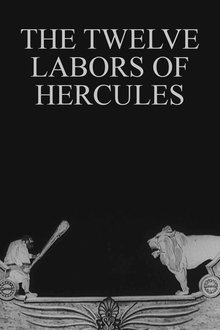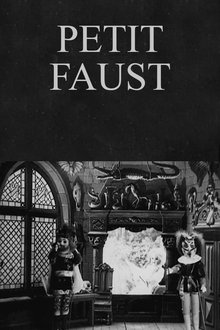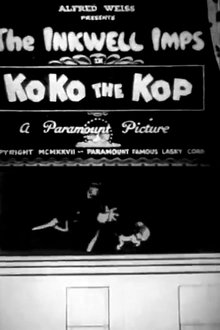In this film several objects make paintings on an empty canvas, which all turn into photos and films.
Related Movies
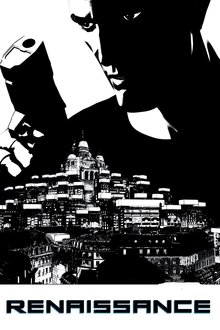
Renaissance (2006)
To find Ilona and unlock the secrets of her disappearance, Karas must plunge deep into the parallel worlds of corporate espionage, organized crime and genetic research - where the truth imprisons whoever finds it first and miracles can be bought but at a great price.
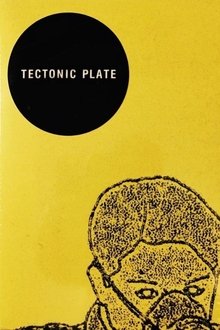
Tectonic Plate (2016)
In a bold and original approach to memory, this Lettrist-inspired film maps an anxiety-ridden plane journey from Tokyo to Helsinki without the aid of photographic images. A variety of interventions on the film strip are combined with an atmospheric sound design to create a subjective story of displacement and containment. In an age when experience is increasingly mediated through digital technologies, Taanila seeks out an alternative language in the sensuous surfaces of the celluloid material.
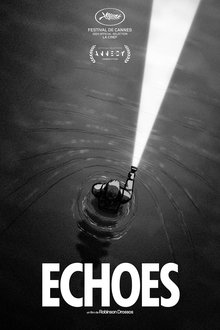
Echoes (2024)
Strange places take shape in a torch’s beam of light and the sound of water droplets hitting the ground punctuates our footsteps. In the distance, we hear muffled music, where does it come from?
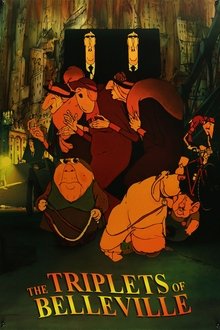
The Triplets of Belleville (2003)
When her grandson is kidnapped during the Tour de France, Madame Souza and her beloved pooch Bruno team up with the Belleville Sisters—an aged song-and-dance team from the days of Fred Astaire—to rescue him.

The Boutdebois Brothers (1908)
And here is an early success as he puts the viewer in the mood of a little boy, playing with his toys, running them through the paces of his little circus.

Happy Go Luckies (1923)
In Happy-Go-Luckies a pair of ukulele-strumming railroad hoboes fake their way into a dog show and make off with the prize loot. “Two heads are better than one” is the moral. To modern eyes, our trickster duo may look like two dogs—in the show they pretend to be one long dog—but audiences of the ’20s would have recognized a dog-and-cat team. The black body, white face, and sharp ears would have been most familiar from the greatest jazz-era trickster cat, Felix. Dogs and cats—much easier to animate than humans—were everywhere in silent cartoons. Terry, like most early film animators, had begun as a newspaper cartoonist, and his first strip, working with his brother as a teenager for the San Francisco Call, was about the adventures of a dog named Alonzo.

The Four Little Tailors (1910)
The opening scene is in a tailor's shop, showing the four assistants more or less in love with their employer's daughter. After some time, the tailor says he will give his daughter to the one who shows himself to be the cleverest. Some very amusing incidents follow. The various feats accomplished during the contest are clever examples of trick photography. (Moving Picture World)

Monsieur Clown Among the Lilliputians (1909)
Stop-motion film from Émile Cohl has a clown walk out in front of a group of people and do various tricks including standing on his head, riding a horse and falling face first off the horse.

Delicate Porcelains (1909)
Several unique specimens of highly ornamented porcelain are shown in series. In each case the various pieces of ware are in reality formed of living people. After a short time has been allowed for admiration of each article, it disintegrates into the individual models, who pose in various figures and dances. In the following pictures are seen a powder box, a clock, candle sticks, a loving cup and a vase, all of wonderfully ornate design, beautifully colored. (Moving Picture World)
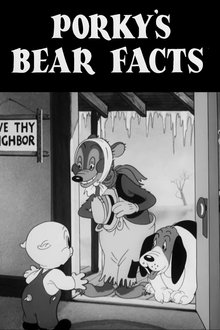
Porky's Bear Facts (1941)
Porky Pig works hard on his farm all year. On a neighboring farm, a bear lazes around and allows his animals to be idle. The winter comes, and he has nothing to eat.
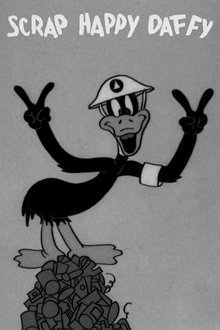
Scrap Happy Daffy (1943)
During World War Two, Daffy Duck owns a junkyard which collects scrap metal to use in building weapons to continue the Allied fight against the Axis powers. Hitler reads about Daffy's scrap pile and about Daffy's stated intent to win the war with junk and, after throwing a fit and chewing a carpet like a mad dog, orders Daffy's scrap pile destroyed.
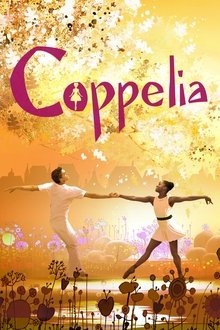
Coppelia (2022)
When everyone in town falls under the spell of charismatic cosmetic surgeon Doctor Coppelius, feisty Swan must act to save her sweetheart Franz, before his heart is used to spark life into Coppelia – the ‘perfect’ robot-woman the Doctor has created.

Ko-Ko's Haunted House (1928)
A friend of KoKo's animator draws a haunted house, and KoKo and his dog Fitz go inside. There, they encounter frightening hallways where every door leads to a new spook.

The Rediscovered Paradise (1925)
Adam and Eve are cast out of Eden. They discover that flowers can bring both joy and solace.
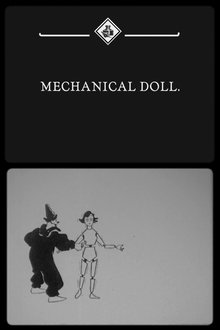
The Dresden Doll (1922)
In this one, Max has run low on ink, so Ko-Ko finishes drawing himself and then heads over to the camera room, where he creates his own characters, a mechanical dancing Dresden doll with whom he falls in love and a couple of automaton musicians. He gets rid of the musicians, but, alas, the projectionist gets oil onto Ko-Ko's soon-to-be bride, melting her.
